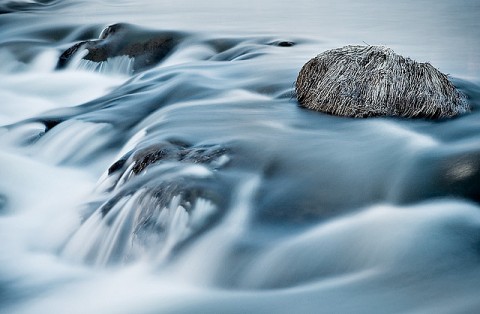Camera Shutter Speeds – Important Notes (Part 2)
With the advent of high-speed photography, objects in motion can be represented in photographs in interesting ways previously not seen, due to limitations of cameras, as well as human beings. The best time to snap the photograph is when the subject is moving at its slowest. This is not as easy as it seems since it must be timed perfectly in order to capture the desired image. Fortunately, there is a way to get around this possible problem that is not difficult to properly execute.
That is, setting the camera to continuous shot mode or something along those lines, allowing the camera to take several continuous shots while the photographer holds down the shutter button. This works almost every time because of the rule of statistics; one of the images captured while the camera is in this mode should be the correct moment when the subject is moving the slowest. Also, discerning the necessary shutter speed takes time to master, so again, practice is the key. Generally, 1/250 to 1/500 of a second is a good shutter speed to capture people in motion, but if an object is moving exceptionally fast or is close to the camera, shutter speeds may need to be as short as 1/1000 to 1/4000 of a second.
The aforementioned subject speed refers to the speed in the direction moving across the frame. For movement directly toward or away from the camera, the shutter speed can be four times longer, and for movement towards or away from the camera at an angle, the shutter speed can be about twice as long. If the shutter speed needed to produce an image is beyond the capabilities of the camera being used there are two options; panning to offset as much motion as possible, or flash photography.
Zooming blur, also known as zoom burst is a photographic technique that creates interesting images by changing the camera zoom while exposing the image. This technique can cause a strong effect that can be reduced by zooming during part of the exposure instead of during the entire exposure. The same look can be achieved by the following actions: set the camera on a tripod, use a shutter speed between 1/15 and ½ of a second, and then twist the zoom ring.
These things should be done carefully to avoid camera movement, however. Using this zoom burst technique makes the image appear sharper in the center, drawing attention to that area of the photograph, while the edges of the image get increasingly more blurred the farther away from the center that is usually the focus of the picture. SLR cameras are generally the only type of camera able to pull off this technique, but compact cameras with a manual zoom might be able to accomplish it as well. If neither camera is used, there are some post processing software that can create the effect via computer.
Abstract and artistic effects create interesting photographs as well.
These effects are unpredictable since they are usually done manually. Some photographers intentionally use camera shake to create blurred images, but such images are unpredictable and take multiple attempts before producing a photograph that is acceptable. Most of the interesting looks created manually are more easily obtained by editing software as opposed to multiple manual attempts.
In conclusion, there are many ways to creatively use shutter speeds, but there are limitations depending upon the camera being used. If a desired look needs faster shutter speeds than the camera is capable of, adding more light on the subject might help. Similarly, if a slower shutter speed is needed, light can be blocked by polarizing or neutral density filters, or use any preferred technique to create longer effective exposure.
There are more techniques that can be used to achieve even more interesting looks for digital images. Imagination and experimentation are the most important tools for creating images of interest.



